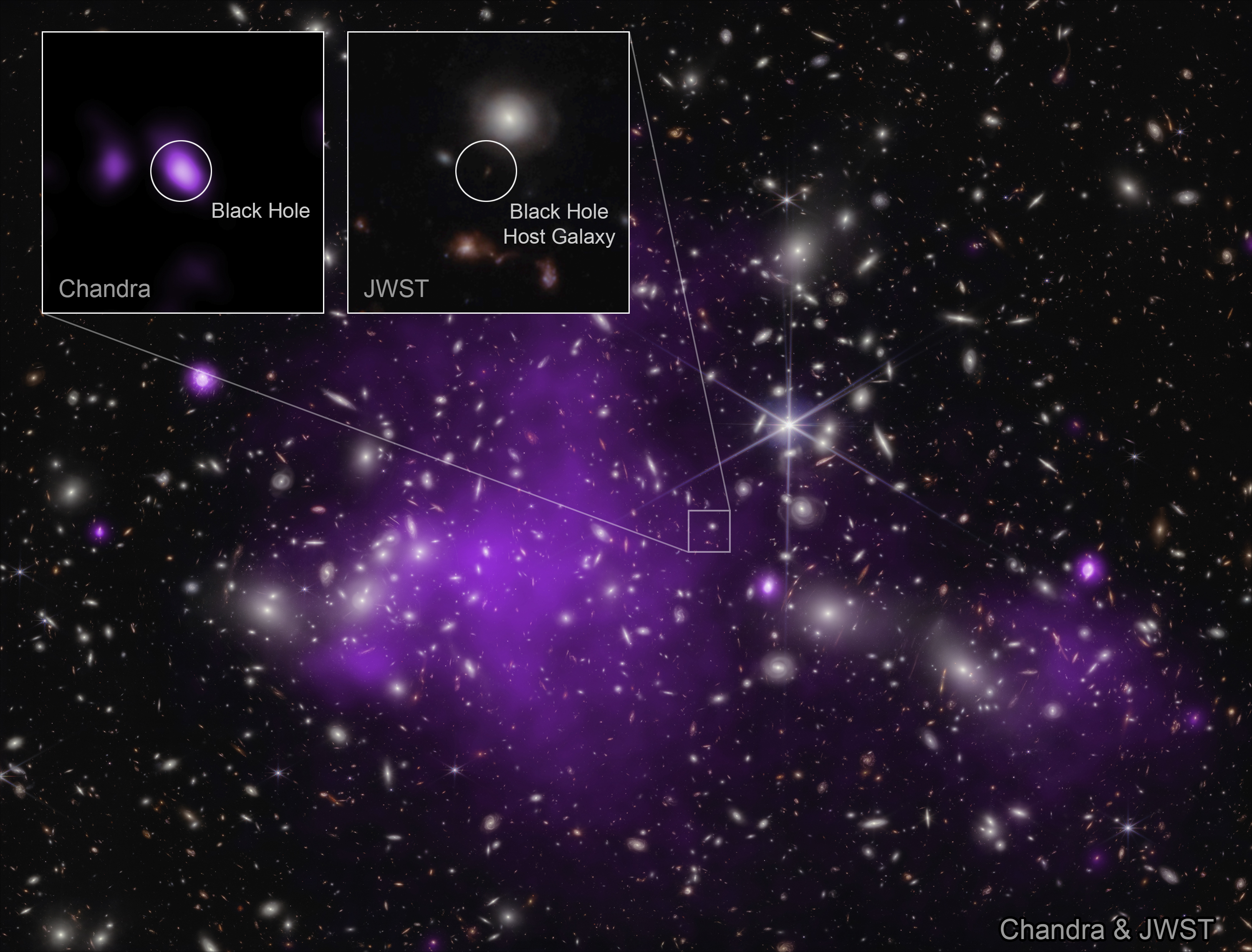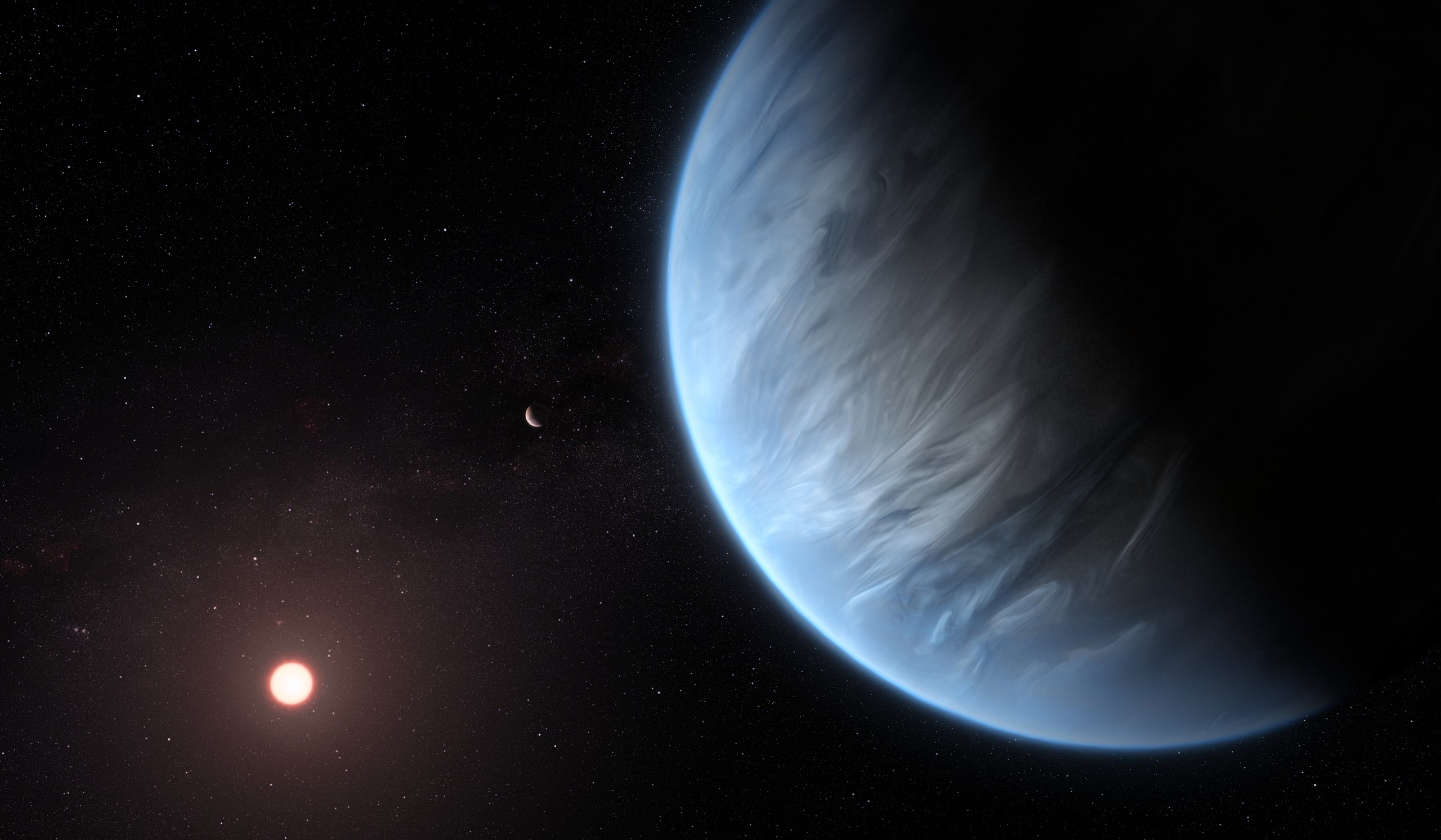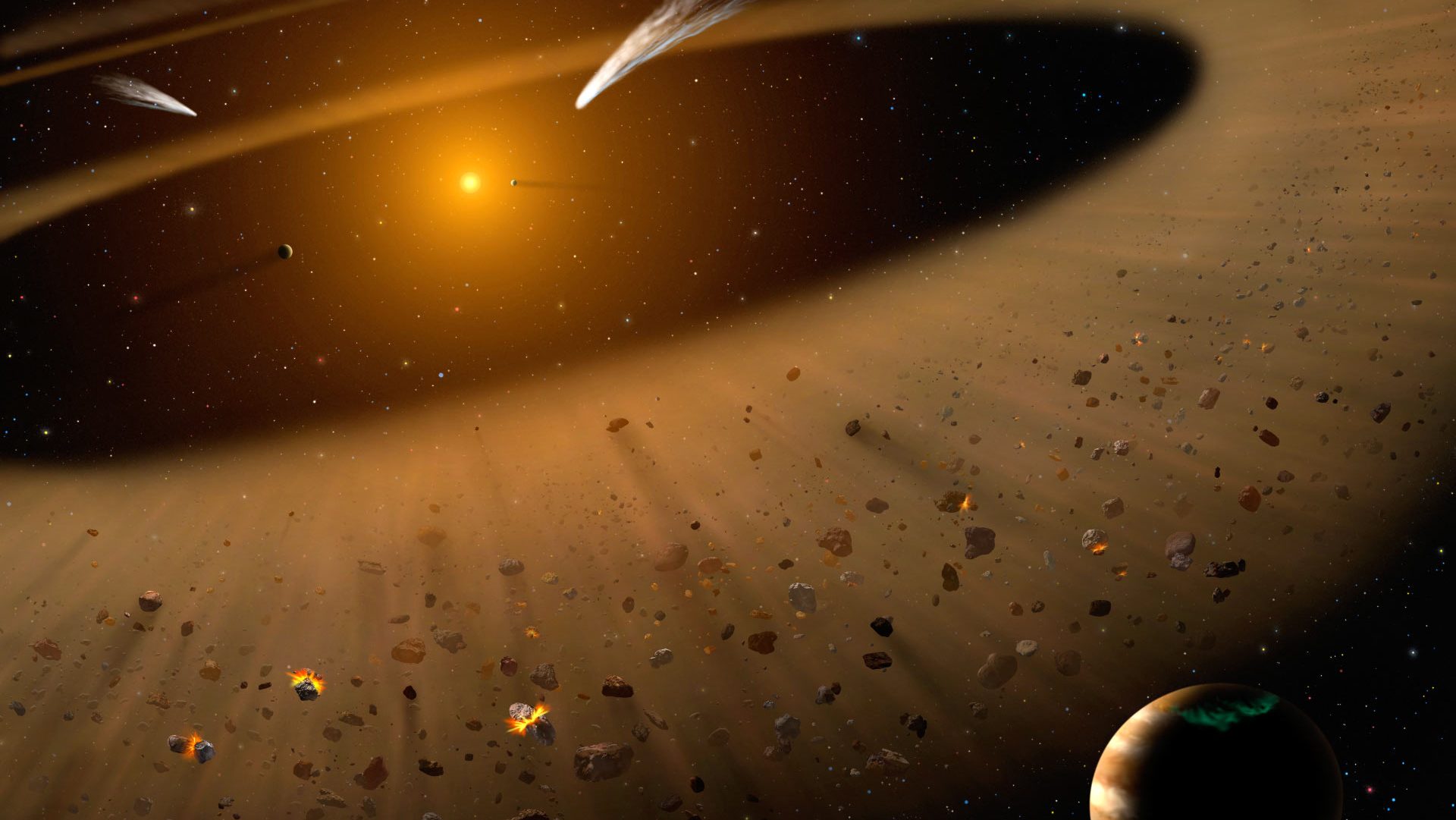Mystery Objects
NASA’s new planet-hunting telescope has found two mystery objects that are “too hot to be plants and too small to be stars” – neither of which fit any definition of known astrological objects. “The Kepler Telescope, launched in March, discovered the two new heavenly bodies, each circling its own star. Telescope chief scientist Bill Borucki of NASA said the objects are thousands of degrees hotter than the stars they circle. That means they probably aren’t planets. They are bigger and hotter than planets in our solar system, including dwarf planets. ‘The universe keeps making strange things stranger than we can think of in our imagination,’ said Jon Morse, head of astrophysics for NASA. The new discoveries don’t quite fit into any definition of known astronomical objects, and so far don’t have a classification of their own. Details about the mystery objects were presented Monday at a meeting of the American Astronomical Society in Washington. For now, NASA researcher Jason Rowe, who found the objects, said he calls them ‘hot companions.’ How hot? Try 26,000 degrees Fahrenheit. That’s hot enough to melt lead or iron.”




